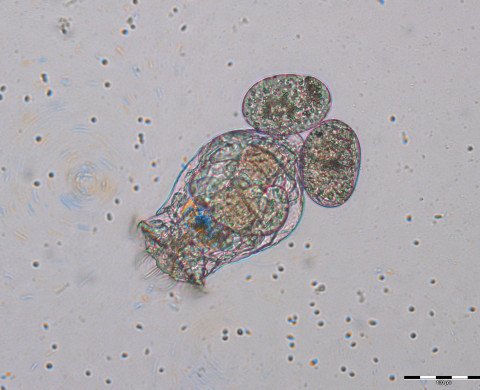Cryptic diversity in the monogonont rotifer Brachionus calyciflorus

In the latest decade, the application of DNA sequencing technology has resulted in the discovery of many species new to science. Most of these species have long remained undetected because they were difficult to distinguish morphologically from described species. In this project, we have applied reverse taxonomy with the aim to detect and describe formerly unrecognized ‘cryptic’ species in the species complex Brachionus calyciflorus, a very commonly studied and cosmopolitan freshwater rotifer. The combination of a molecular and morphological analysis resulted in the discovery and (re)description of four species, i.e. B. calyciflorus s.s., B. elevatus, B. fernandoi and B. dorcas (Papakostas et al., 2016; Michaloudi et al., 2018). While some evidence accumulates that the species differ ecologically (Papakostas et al., 2016; Zhang et al. 2020), we have also demonstrated that reproductive barriers between the two most closely related sibling species, B. calyciflorus s.s. and B. elevatus are strong but not impenetrable (Zhang & Declerck 2021, 2022). The observation of hybridization leads to the question how species maintain their integrity in the face of genetic exchange. Currently, we perform a phylogeographic analysis with the aim to study the geographic structure of molecular divergence within the species complex and the degree to which this bears the signature of hybridization. Future studies will also focus on ecological divergence and its implications for the long-term fate and coexistence of these sibling species.
